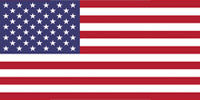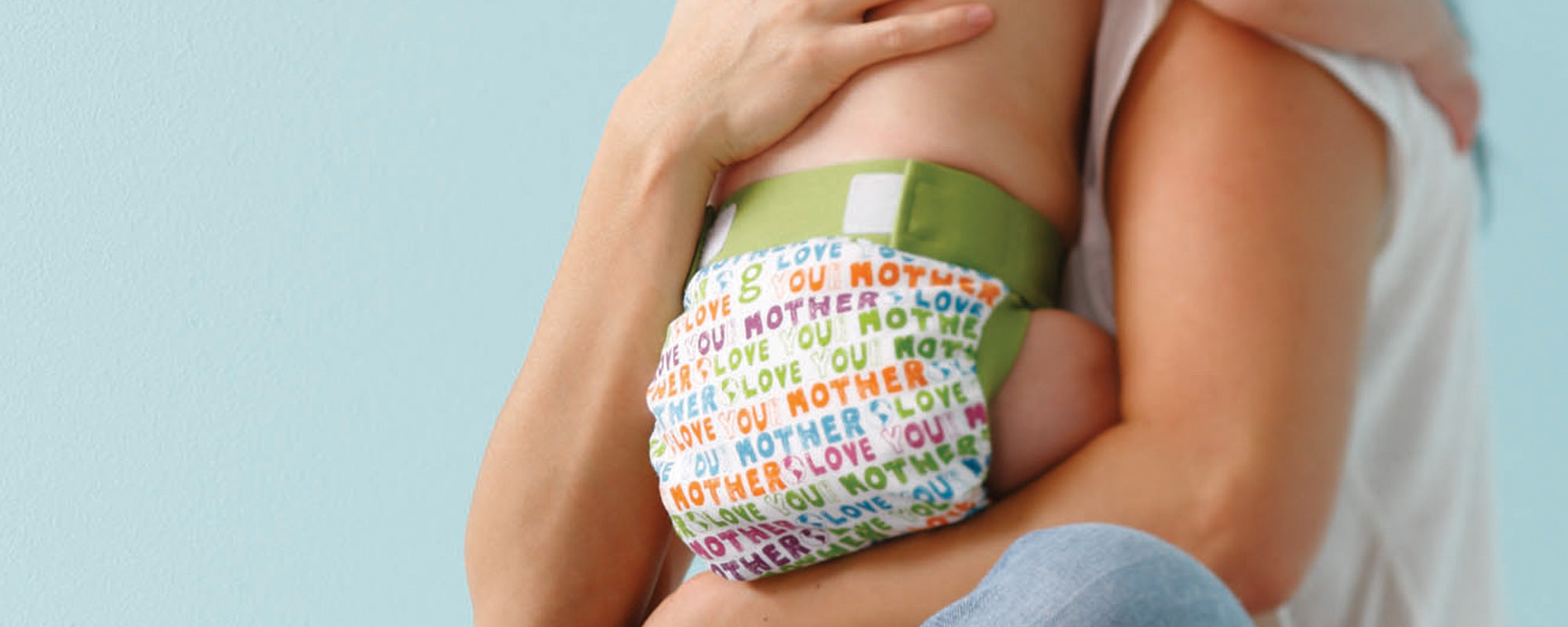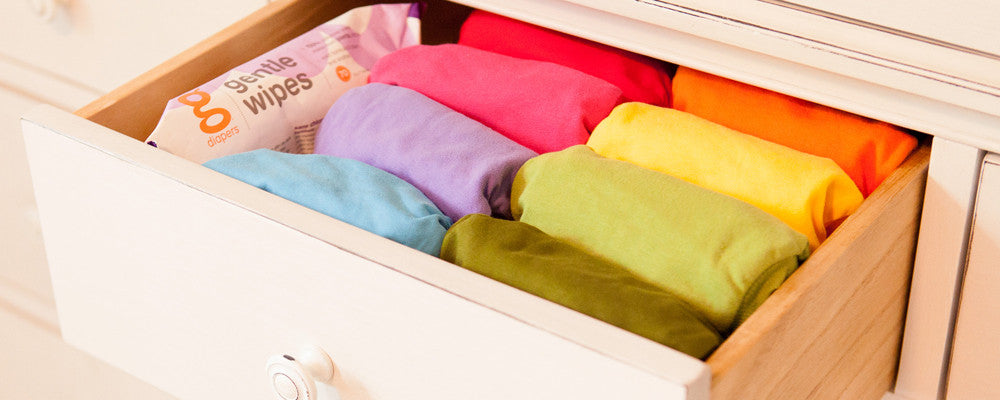Flushable diapers!
Yes! gDiapers disposable inserts are flushable! And as you’ll learn being a parent not all things are flushable, though your toddler may try to prove otherwise.
Our disposable inserts have been designed to be flushed down toilets in North America (so to our friends outside the US and Canada, please disregard this entire post, do NOT flush your inserts, compost or toss instead). What are the perks of flushing? For one, NO POOPY DIAPER SMELL IN THE HOUSE! For two, it means that your baby’s poop goes down the potty, not in a garbage can. It’s simply the safest way that we have to dispose of human waste. Bottom line.
If you’re keen to be a flusher, just be sure you know thy toilet. If you’ve had plumbing issues in the past, then it’s probably not your best option. Let’s be comprehensive here about what that could mean.
- Do not flush with tree-infested, faulty or non-standard plumbing.*
- Septic? We don’t recommend it..
- Newbies: use two flushes, one for the inner core and one for the outer material. Once you get the hang if it, you can graduate to one flush.
- Never flush more than one disposable insert at a time.
- If using flushable wipes (gWipes are not meant to be flushed, by the way), flush separately.
- Don’t let the contents sit in the bowl for very long as they will simply absorb all the water. After all, a disposable insert can hold 100 times its weight in water.
- If you do get a clog, reach into the toilet and pull out the material. You can always wash your hands. If that doesn’t work grab the plunger. If you feel you got a clog despite following the directions, please let us know.
- When in doubt, throw it out. We wouldn’t want an unknown plumbing issue to cause you a massive headache as a result of flushing. So, please, if you suspect you have tree roots in your pipes, or other iffy situation, don’t flush.
* Faulty plumbing would mean there is something broken, systemically flawed, or warped due to time. Examples would be tree-infested pipes, where the roots have sought out the water in the pipes and squeezed their way inside. Older cast iron or clay pipes can crack with age, causing fissures where the coverstock of the disposable insert could snag, potentially building up over time and blocking the pipes.
Non-standard plumbing includes (but is not limited to): ejector pumps, house traps and cess pools. We don’t recommend flushing if you have a septic system.
If you are a renter ask the landlord or building manager about the state of your pipes. If you own your home it should be stated on your home inspection report.
Alrighty, now that you’ve read and digested every single word above. Let’s get in to the how-to. It’s simple really.
1. Rip
2. Swish
3. Flush
Rip down a side of the disposable insert (over the toilet bowl). If the insert isn’t already pretty soaked, dunk it in the bowl first to let it soak up a bit of the water. This just makes things easier. Now that it’s ripped, dump out the inner core. This is the absorbent part. Dump it all in the bowl. Give it a little swish with the swishstick (included in most gPants 2-packs and bundles — if you don’t have one, give us a shout). Then flush! If you’re new at this, hold on to the outer coverstock while the inner fluff gets whooshed away, then let go of the coverstock at the last second. This is just to ensure that the two parts are completely separated. Make sense? You’ve got this covered.











0 comments